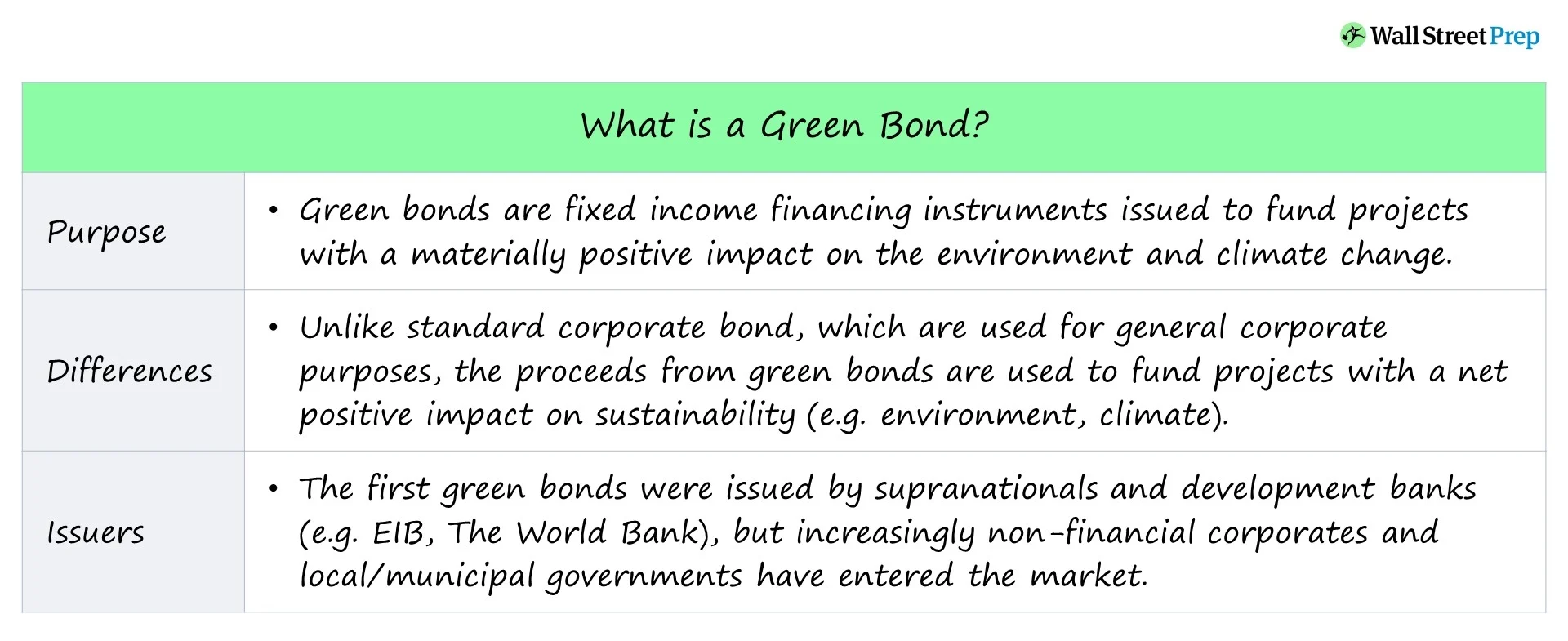Introduction
As the Corporate Sustainability Reporting Directive (CSRD) and International Sustainability Standards Board (ISSB) frameworks gain traction, businesses face mounting pressure to integrate double materiality into strategic decision-making. Unlike traditional financial materiality, double materiality requires companies to assess:
- Financial Materiality – How sustainability issues affect financial performance.
- Impact Materiality – How a company’s operations impact society and the environment.
While the concept is theoretically sound, practical implementation remains a challenge. Organizations struggle with ESG risk mapping, internal capacity gaps, investor expectations, and regulatory divergence. This article explores these hurdles and provides actionable insights for boardrooms navigating this complex transition.
1. The Practical Challenges of ESG Risk Mapping
Identifying and Prioritizing Material Issues
Under CSRD, companies must conduct rigorous double materiality assessments to identify which ESG factors are financially significant and which have societal/environmental impacts. However, many firms lack standardized methodologies, leading to:
- Inconsistent data collection – Disparate ESG metrics across departments.
- Subjectivity in prioritization – Difficulty in weighing short-term financial risks against long-term sustainability impacts.
- Stakeholder misalignment – Conflicting expectations from investors, regulators, and NGOs.
Best Practice: Adopt a structured materiality matrix combining quantitative metrics (e.g., carbon footprint, regulatory fines) and qualitative insights (e.g., stakeholder surveys) to ensure balanced decision-making.
2. Building Internal Capacity for Double Materiality
Bridging the Knowledge Gap
Many organizations lack in-house ESG expertise, making it difficult to:
- Train employees on CSRD/ISSB requirements.
- Integrate sustainability into financial risk models.
- Align CFOs, sustainability teams, and boards on materiality thresholds.
Solutions:
- Upskill finance teams on ESG reporting frameworks.
- Appoint a Chief Sustainability Officer (CSO) to oversee materiality assessments.
- Leverage AI-driven ESG analytics to automate data processing.
Leveraging ESG Tech Platforms
Tools such as Datamaran, Novisto, Workiva, and Enablon can streamline data collection, stakeholder engagement, and reporting alignment with both CSRD and ISSB.
3. Investor Expectations: Balancing Profit and Purpose
The Rise of Sustainability-Linked Financing
Investors increasingly demand double materiality disclosures to assess:
- Transition risks (e.g., carbon taxes, stranded assets).
- Reputational risks (e.g., human rights violations, greenwashing accusations).
- Opportunities (e.g., green bonds, circular economy innovations).
Key Insight: A 2023 PwC survey found that 83% of investors consider ESG performance when making investment decisions, yet only 45% of companies feel prepared to meet these expectations.
Action Step:
- Engage with investors early to align on material ESG KPIs.
- Link executive compensation to sustainability targets to demonstrate commitment.
4. Regulatory Divergence: Navigating CSRD vs. ISSB
The Clash of Frameworks
While CSRD (EU) emphasizes impact materiality, ISSB (global) focuses on financial materiality. This creates compliance challenges for multinational firms.
| Aspect | CSRD (EU) | ISSB (Global) |
|---|---|---|
| Materiality Focus | Double (Financial + Impact) | Primarily Financial |
| Reporting Scope | Broad (ESG + SDGs) | Investor-centric (TCFD-aligned) |
| Compliance Timeline | Phased (2024-2028) | Rolling adoption (from 2024) |
Strategic Approach:
- Conduct a gap analysis between CSRD and ISSB requirements.
- Adopt modular reporting to cater to different jurisdictions.
5. Engaging Stakeholders in the Materiality Process
A robust double materiality assessment depends on effective stakeholder inclusion. This ensures that companies capture both financial and societal perspectives.
Best Practices:
- Conduct stakeholder interviews and materiality workshops.
- Use digital surveys to gather insights from employees, NGOs, investors, and communities.
- Disclose how stakeholder feedback informs ESG prioritization.
6. Real-World Examples of Double Materiality in Action
- Unilever: Integrates climate and water risks into supply chain decisions based on stakeholder impact and financial implications.
- Iberdrola: Uses a dual materiality framework to align ESG targets with its energy transition strategy.
- BNP Paribas: Embeds double materiality into sustainable finance criteria for lending and investment decisions.
These cases illustrate how companies can translate theory into meaningful boardroom decisions.
FAQ: What You Need to Know About Double Materiality
Q1: What is double materiality under CSRD?
Double materiality means assessing both how sustainability affects the company (financial materiality) and how the company impacts society/environment (impact materiality).
Q2: How does ISSB differ from CSRD?
ISSB focuses on financial materiality and investor needs, while CSRD includes a broader ESG and societal scope.
Q3: Why does double materiality matter to investors?
It helps investors understand systemic risks, transition exposures, and long-term value drivers.
Q4: What are the steps in a double materiality assessment?
Stakeholder mapping > ESG risk identification > Materiality matrix scoring > Disclosure alignment.
Conclusion: Moving from Theory to Action
Double materiality is no longer optional—it’s a boardroom imperative. Companies that successfully bridge the gap between financial and impact materiality will:
- ✅ Enhance investor confidence
- ✅ Mitigate regulatory risks
- ✅ Drive long-term resilience
Next Steps for Businesses:
- Conduct a double materiality assessment using structured frameworks.
- Invest in ESG upskilling and technology to streamline reporting.
- Engage proactively with regulators and investors to stay ahead of compliance demands.
By embedding double materiality into corporate DNA, businesses can turn sustainability from a compliance burden into a strategic advantage.
References
- European Financial Reporting Advisory Group (EFRAG) – CSRD Guidelines (2023)
- PwC – “2023 Global Investor ESG Survey”
- ISSB – IFRS S1 and S2 Standards (2023)
- Harvard Law School Forum on Corporate Governance – “Double Materiality in ESG Reporting” (2022)






2 Responses
Some truly nice stuff on this site, I love it.
some times its a pain in the ass to read what people wrote but this web site is really user pleasant! .